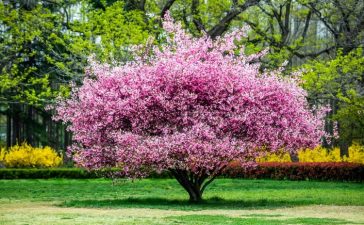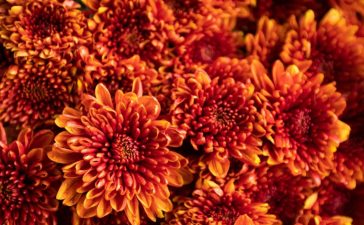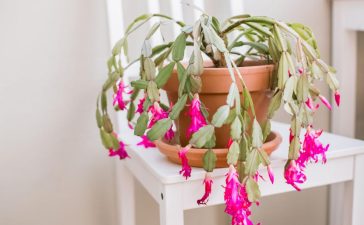When it comes to maintaining the beauty of your hydrangea bushes, understanding when and how to deadhead them is crucial. Hydrangeas are renowned for their stunning and long-lasting blooms, making it a common concern for gardeners to know the right techniques to keep them looking splendid year-round.
Interestingly, if your goal is to encourage more hydrangea blooms, deadheading alone won’t achieve that in the same year. Cate Singleton, the director of design at the online landscaping company Tilly, explains that deadheading your hydrangeas sets the stage for the next year’s blossoms rather than yielding additional blooms in the current year.
Here’s a comprehensive guide on when and how to deadhead your hydrangeas to ensure the health and vitality of your bushes.

When to Deadhead Hydrangea
Deadheading your hydrangeas is typically a one-time task due to the extended and evolving blooming period of these plants. The need for deadheading depends on your climate conditions.
In milder climates, deadheading hydrangeas helps the plant conserve energy by redirecting it from seed production to promoting foliage growth. This is particularly beneficial in areas with moderate winters. On the other hand, in colder climates, it’s advisable to deadhead in the spring. Doing so allows the spent blooms to safeguard the buds from frost, ensuring they remain protected for the following year’s growth.
The timing for deadheading varies depending on the type of hydrangea you have. For mop-head hydrangeas, it’s best to deadhead in the spring. In the case of lacecap hydrangeas, deadheading can be done at the end of summer when the blooms have faded.
It’s important to note that deadheading is not a critical task for the health of your hydrangea plants. Jennifer Foster, a plant expert at Fast Growing Trees, explains that hydrangeas do not experience a significant decline in flowering or growth in subsequent years if deadheading is not performed. Many gardeners choose to leave the faded flower heads on the plants for added winter interest, while others prefer to deadhead the blooms as they fade, turn brown, or become weathered.
How to Deadhead Hydrangea
Deadheading hydrangeas is distinct from pruning, as it involves the removal of spent blooms without cutting into the stems. Jennifer Foster emphasizes the importance of making precise cuts when deadheading. To do this, cut just above a set of leaves to maintain the plant’s neat appearance and promote its ability to resist pests and diseases at the cut site. To ensure clean cuts, use sharp and clean pruners, and make the cuts at a slight angle. Maintaining clean gardening tools is crucial to prevent the spread of diseases to your hydrangea bush.
When deadheading hydrangeas, it’s crucial to identify the type of hydrangea plant you’re dealing with, as the method and timing of deadheading can vary depending on the hydrangea variety.
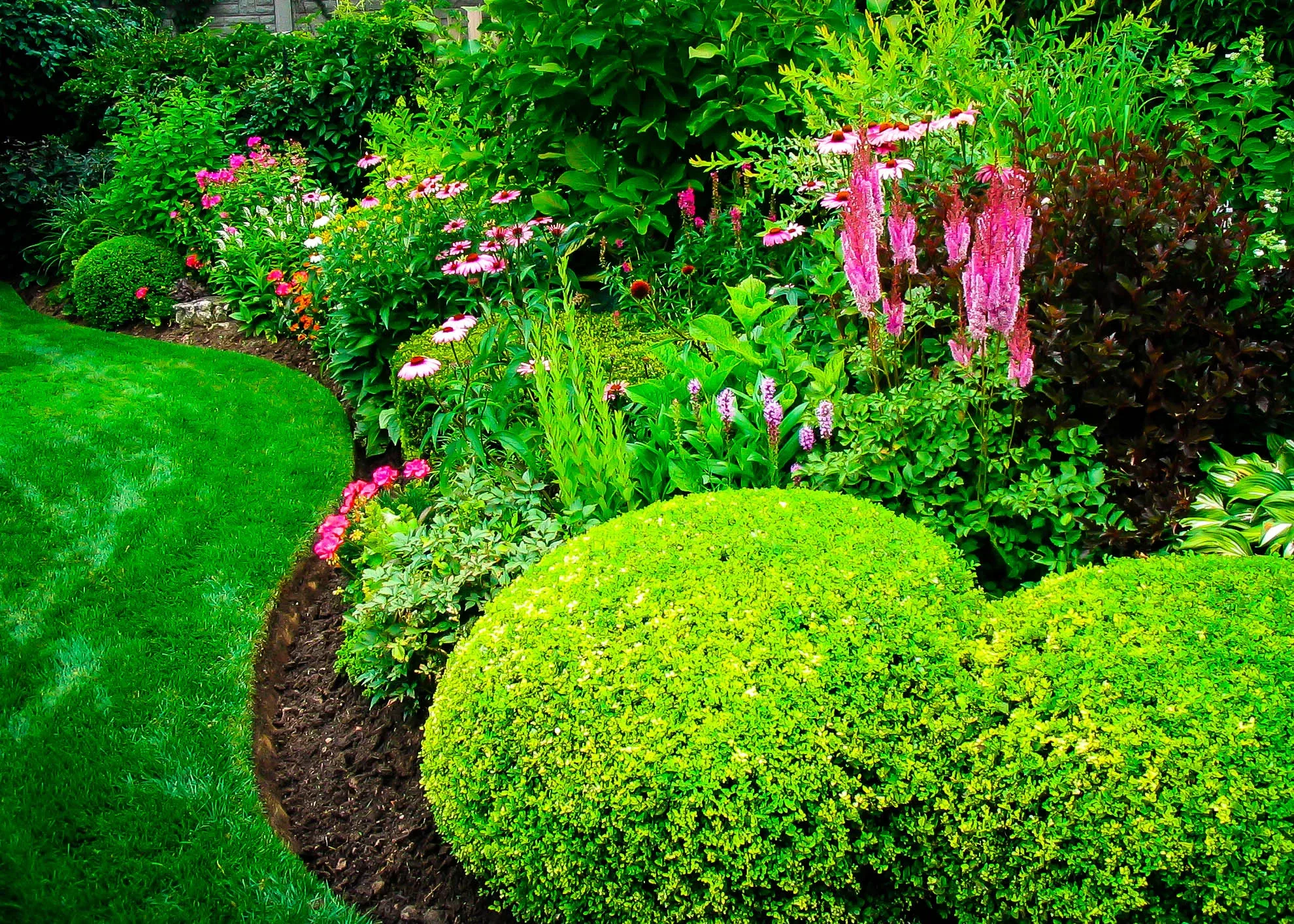
Deadheading Bigleaf, Mountain, Oakleaf, or Climbing Hydrangea
Deadheading these types of hydrangeas is typically done in the late summer or early fall when their blooms have faded or dried. Here’s how to deadhead them:
- Examine the blooms: Look for individual faded or dried flowers on the hydrangea’s flower clusters (known as inflorescences).
- Identify the right spot: Locate a healthy leaf node beneath the faded bloom. A leaf node is where a leaf stem (petiole) meets the main stem or branch. This is where new growth and potential future blooms will emerge.
- Make the cut: Using sharp, clean pruners or scissors, make a clean cut just above the leaf node. Ensure you don’t leave a long stem or cut into the healthy growth node. The goal is to remove the spent flower while preserving the healthy growth below.
- Continue deadheading: Work your way through the hydrangea, removing all the faded or dried blooms in this manner.
- Dispose of the removed blooms: Collect the cut blooms and dispose of them in your compost pile or trash.
- Water and fertilize: After deadheading, provide your hydrangea with adequate water and a balanced, slow-release fertilizer to encourage new growth and prepare the plant for the next blooming season.
Remember that deadheading these hydrangeas is optional for appearance and plant tidiness. Some gardeners prefer to leave the faded blooms on the plant for winter interest, as they can add a unique charm to the garden landscape.
Deadheading Panicle and Smooth Hydrangea
Deadheading Panicle (Hydrangea paniculata) and Smooth (Hydrangea arborescens) hydrangeas is a simple process that can be done to encourage new growth and maintain a tidy appearance. Here’s how to deadhead these hydrangea varieties:
- Timing: Deadhead Panicle and Smooth hydrangeas in the late summer or early fall, once their blooms have started to fade or turn brown.
- Locate spent blooms: Examine the hydrangea plant and identify the spent blooms that you want to remove. These will typically be the larger, older flower clusters.
- Cut above a leaf node: Locate a healthy leaf node on the stem just below the faded flower cluster. A leaf node is where a leaf stem (petiole) meets the main stem or branch. This is where new growth and potential future blooms will emerge.
- Make the cut: Use sharp, clean pruners or scissors to make a clean cut just above the leaf node. Ensure that you don’t leave a long stem or cut into the healthy growth node. The goal is to remove the spent flower while preserving the healthy growth below.
- Continue deadheading: Work your way through the hydrangea, removing all the faded or browned blooms using the same method.
- Dispose of the removed blooms: Collect the cut blooms and dispose of them in your compost pile or trash.
- Water and fertilize: After deadheading, provide your hydrangea with adequate water and a balanced, slow-release fertilizer to encourage new growth and prepare the plant for the next blooming season.
Deadheading these hydrangeas helps maintain a neat appearance and can potentially promote more vigorous blooming in the following year. However, keep in mind that it’s not necessary for the plant’s overall health, and some gardeners may choose to leave the faded blooms for winter interest.
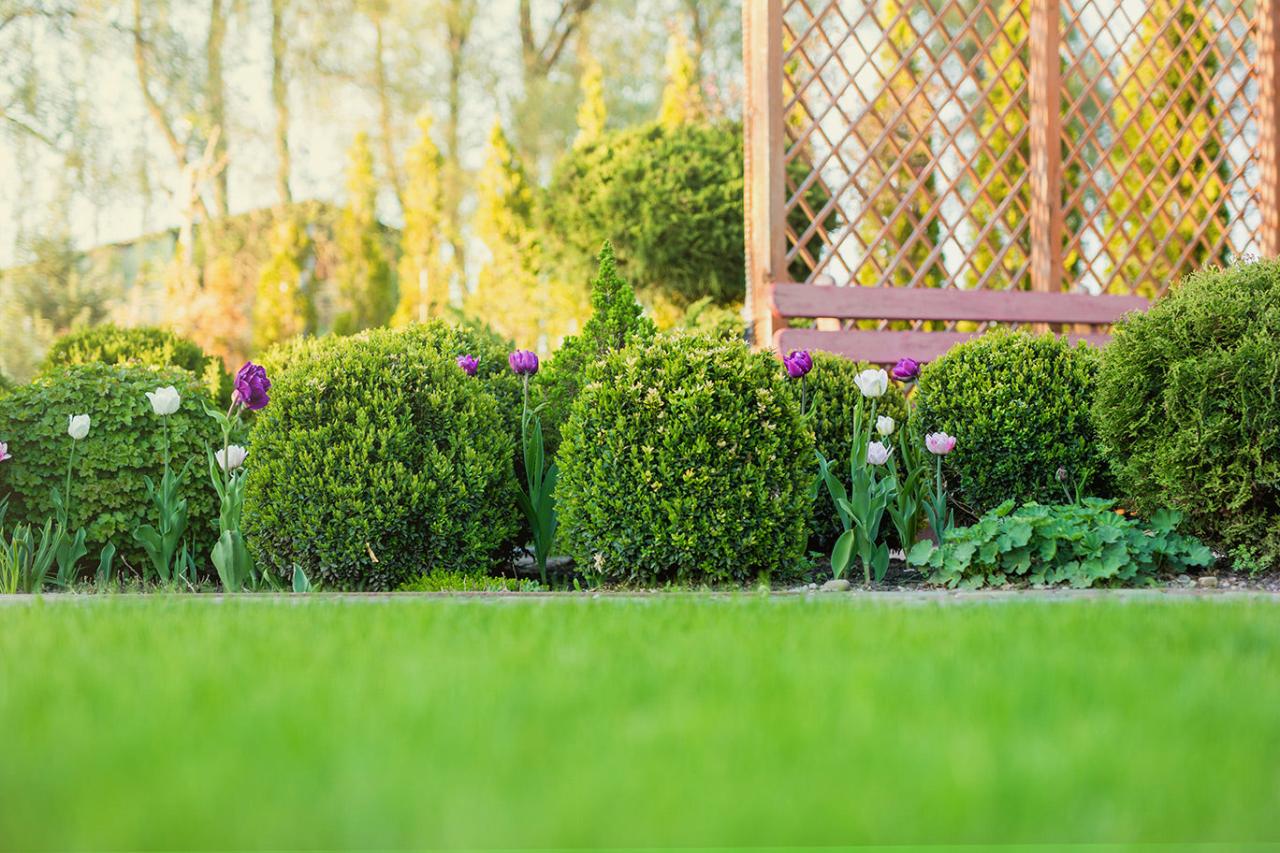
Deadheading Cascade Hydrangea
Cascade hydrangeas, also known as Hydrangea macrophylla ‘Lanarth White’ or ‘Lanarth’, produce beautiful lacecap blooms and can benefit from deadheading to promote continued growth and potentially increase next year’s flowering. Here’s how to deadhead cascade hydrangeas:
- Timing: Deadhead cascade hydrangeas when the flowers have faded or started to turn brown. This is typically done in late summer or early fall.
- Inspect the blooms: Examine the hydrangea plant and identify the spent blooms that you want to remove. Look for individual flower heads that are past their prime.
- Locate a healthy leaf node: On the stem below the spent flower head, find a healthy leaf node. This is the point where a leaf stem (petiole) meets the main stem or branch. New growth and potential future blooms will emerge from this location.
- Make the cut: Use sharp, clean pruners or scissors to make a clean cut just above the healthy leaf node. Be precise and avoid leaving a long stem or cutting into the healthy growth node. The goal is to remove the spent flower while preserving the healthy growth below.
- Repeat as needed: Continue deadheading the cascade hydrangea, removing all the faded or browned flower heads using the same method.
- Dispose of the removed blooms: Collect the cut blooms and dispose of them in your compost pile or trash.
- Water and fertilize: After deadheading, provide your cascade hydrangea with sufficient water and a balanced, slow-release fertilizer. This will encourage new growth and prepare the plant for the next blooming season.
Deadheading cascade hydrangeas helps maintain a tidy appearance and can potentially lead to more robust blooming in the following year. However, keep in mind that deadheading is not necessary for the plant’s overall health, and some gardeners may choose to leave the faded blooms for winter interest.
You Might Also Like
Top 10 Expert-Recommended Ornamental Trees for Curb Appeal
To enhance your landscaping and curb appeal, planting ornamental trees can add a touch of beauty and elegance to your...
Radiant Mums: A Guide to Caring for Your Fall Chrysanthemums
Chrysanthemums, commonly known as mums, are cherished for their vibrant beauty and captivating sweet and spicy fragrance, making them a...
Expert Tips on Choosing and Caring for Indoor Trees
Do you have a corner in your home that's crying out for a touch of green? Indoor trees can be...
How to Easily Propagate Christmas Cactus as Unique Holiday Gifts
Certainly, one of the most rewarding aspects of nurturing houseplants is the chance to multiply your greenery and share the...






